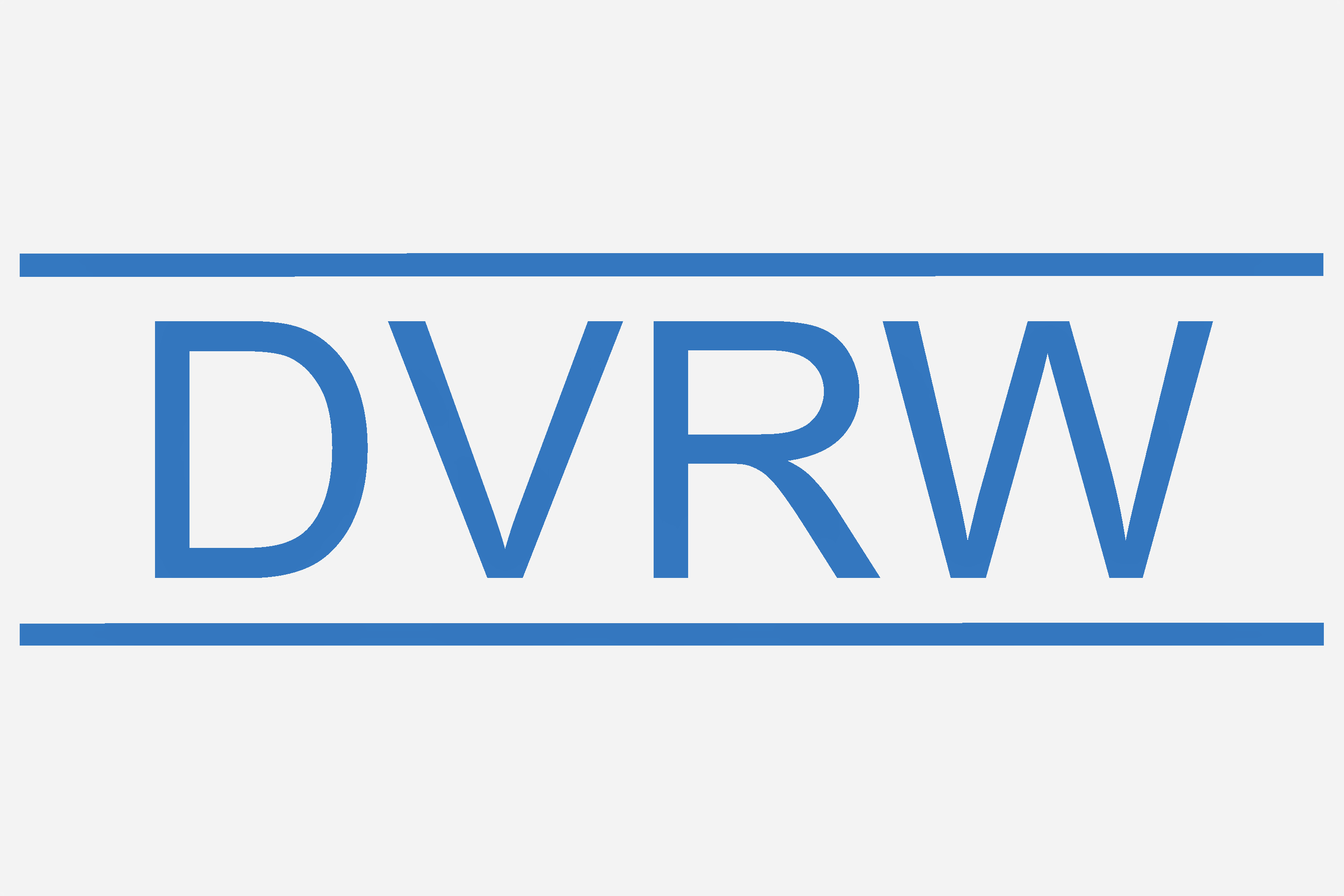Christlich und LGBTQIA+ – Ein divergierender Weg?
Analyse zur Identitätsintegration von LGBTQIA+ Christen in der Deutschschweiz
DOI:
https://doi.org/10.71614/zjr.v19i1.1350Schlagworte:
LGBTQIA , Christlich, Religiös, Identity Integration, SchweizAbstract
Homosexuell und religiös sein wird im Allgemeinen als Gegensatz verstanden. Dies wird von religiösen LGBTQIA+ hingegen nicht immer so wahrgenommen. Im Rahmen dieser Analyse versuche ich zu klären, inwiefern christliche LGBTQIA+ Menschen aus der Deutschschweiz ihre christliche Identität mit ihrer Identität als LGBTQIA+ integrieren. Die Fragestellung analysierte ich im Kontext des theoretischen Ansatzes Performing Identities in Context von Todd N. Fuist sowie dem aktuellen Forschungstand zum Thema. Mit Hilfe eines Leitfadeninterviews befragte ich 12 christliche LGBTQIA+ Personen. Das Interviewmaterial wertete ich anschliessend mittels qualitativer Inhaltsanalyse aus. Die Ergebnisse zeigen, dass alle Befragten ihre beiden Identitäten als gut integriert bzw. als eins empfanden. Dabei bestätigte sich die Annahme Fuists, dass kontextuelle Einflüsse eine Rolle spielen, insbesondere den Weg zur Identitätsintegration betreffend. Rund die Hälfte der Interviewten erlebte keine Identitätskonflikte (Integrator), während die restlichen Befragten teils in langandauernden Prozessen die beiden Identitäten miteinander versöhnen mussten (Reconciler). Die aus der Forschung bekannten Versöhnungsstrategien bezog ich in die Untersuchung mit ein. Diese liessen sich zum Teil auch in der Deutschschweizer Stichprobe beobachten.
Being gay and being religious are generally understood as opposites. However, this is not always perceived as such by religious LGBTQIA+. In this analysis, I try to clarify to what extent Christian LGBTQIA+ people from German-speaking Switzerland integrate their Christian identity with their identity as LGBTQIA+. I analysed the question in the context of Todd N. Fuist's theoretical approach Performing Identities in Context and the current state of research on the topic. With the help of a guided interview, I interviewed 12 Christian LGBTQIA+ people. I then analysed the interview material using qualitative content analysis. The results show that all interviewees perceived their two identities as well integrated or as one. This confirmed Fuist's assumption that contextual influences play a role, especially regarding the path to identity integration. About half of the interviewees did not experience any identity conflicts (integrator), while the remaining interviewees had to reconcile the two identities with each other, sometimes in long-lasting processes (reconciler). I included the reconciliation strategies known from research in the study. Some of these could also be observed in the Swiss-German sample.







